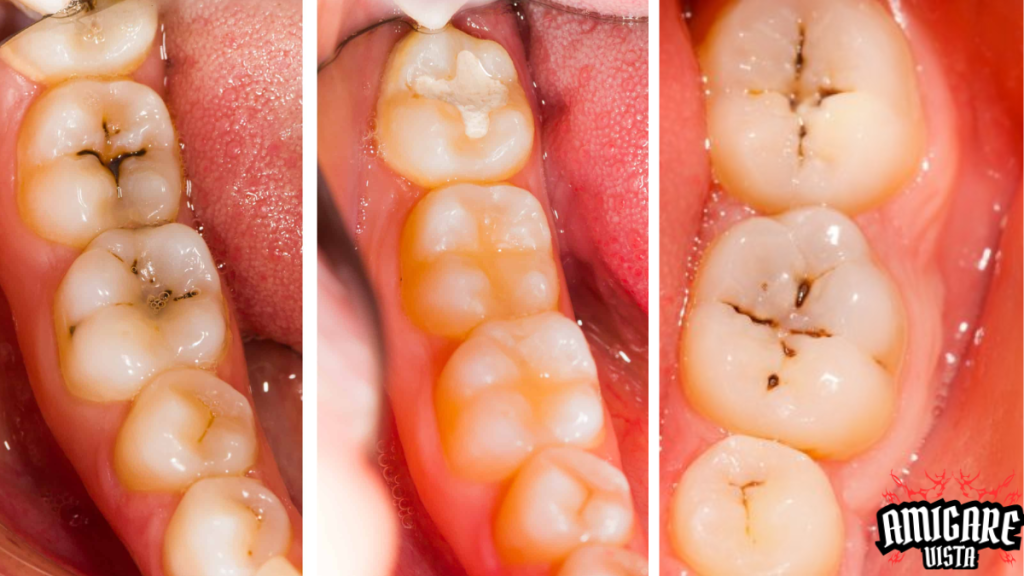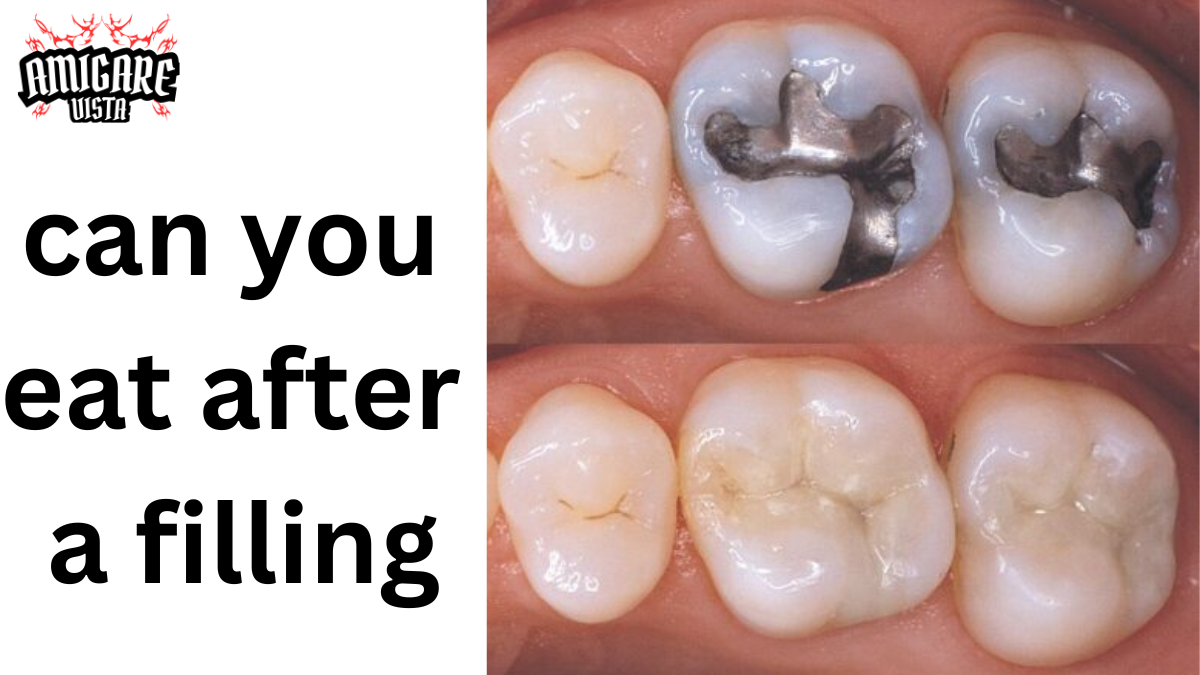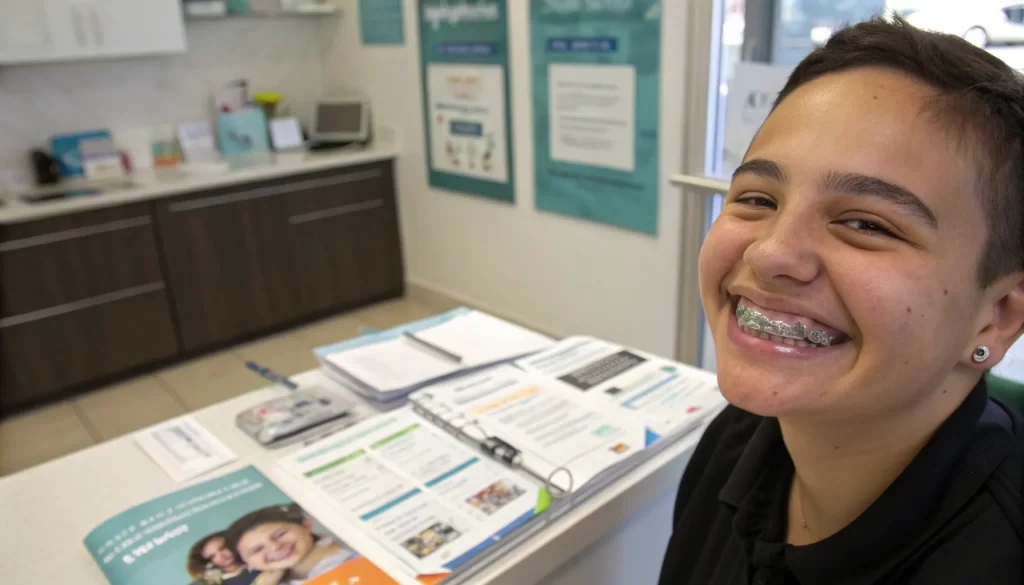Table of Contents
Dental fillings help repair cavities and restore the function of your teeth, but what happens next? Can you eat after a filling without causing harm? The short answer is yes, but avoiding certain foods that can irritate the tooth or damage your filling is essential. This article will highlight five food types you should avoid and offer helpful tips to protect your dental health post-filling.
Why It’s Important to Be Careful After a Filling

When you get a filling, your tooth is vulnerable. The materials used to fill the cavity, whether amalgam or composite, need time to harden and bond with the tooth structure. Chewing on the wrong foods too soon can shift the filling, cause discomfort, or even crack it. By being cautious, you ensure that your filling lasts longer and that your tooth recovers fully.
Hard Foods
Can you eat after a filling? Yes, but be cautious of hard foods. Crunchy items like nuts, popcorn, or raw vegetables can pressure your filled tooth excessively. These foods might dislodge or break the filling, mainly if it’s enormous. It’s best to wait at least 24 hours before reintroducing hard foods into your diet. Soft alternatives like yogurt, applesauce, or mashed potatoes are better for the first day.
Why Avoid: Hard foods can apply too much force to the new filling, causing potential damage or discomfort.
Tip: Wait to eat softer meals like soup or steamed vegetables until your dentist gives you the go-ahead.
Sticky Foods
Sticky foods like caramel, toffee, or chewing gum can ruin a new filling. These items tend to cling to teeth and pull at the filling, loosening it over time. Sticky foods are especially problematic for amalgam (metal) fillings, as they take longer to harden fully. It is wise to avoid anything that could tug at your dental work, even with composite fillings.
Why Avoid: Sticky foods can dislodge the filling or create an uncomfortable chewing experience.
Tip: If craving something sweet, consider pudding or soft fruit like bananas instead of chewy candies.
Hot or Cold Foods and Drinks
Sensitivity after a filling is common, especially when consuming hot or cold items. Your tooth may feel extra sensitive to temperature changes because the filling is fresh. Ice cream, hot coffee, or tea can trigger discomfort and, in extreme cases, cause cracks in the filling material.
Why Avoid: Temperature extremes can irritate your tooth, leading to sensitivity or pain after a filling.
Tip: Stick with room-temperature foods and drinks until your sensitivity subsides, and continuously sip slowly to prevent shocking your teeth with heat or cold.
Sugary Foods
While a sweet treat might sound appealing, it’s not the best idea after a dental filling. Sugar promotes the growth of bacteria in your mouth, and if any lingers near your new filling, it could contribute to tooth decay. This is especially risky if your oral hygiene routine is compromised in the days following the procedure due to sensitivity or discomfort.
Why Avoid: Sugary foods can encourage bacterial growth, affecting tooth healing and leading to further cavities.
Tip: If you have a sweet tooth, try natural sweeteners or fruit, but always brush after consuming sugary foods.
Chewy Meats
Can you eat after a filling if it involves chewy meat like steak? It’s better to avoid it for a few days. Tough, chewy meats can be difficult to bite into and require significant force to break down. This kind of pressure can stress the filling and loosen it. Cheating on tougher meats can increase discomfort if your tooth is still sensitive.
Why Avoid: Chewy meats can strain your new filling and irritate your tooth during recovery.
Tip: Swap out stricter cuts of meat for softer options like ground beef, chicken, or fish that require less chewing effort.
How Long Should You Avoid These Foods?
In most cases, you should be cautious the first 24 to 48 hours after your filling. However, depending on the filling material, your dentist may provide specific guidelines. For instance, amalgam fillings take longer to set and may require more time before you can eat harder or stickier foods. Composite fillings harden quicker but still need care, especially during the initial healing period.
Tips for a Smooth Recovery After a Filling

Now that you know the types of food to avoid, here are a few extra tips for a smooth recovery after a filling:
- Chew on the opposite side of your mouth: This prevents putting too much pressure on the filled tooth.
- Maintain good oral hygiene: brush and floss around the filled tooth to avoid plaque buildup.
- Drink plenty of water. Water helps flush out any food particles that could irritate the filling.
- Monitor your tooth sensitivity. If the sensitivity persists for over a few days, contact your dentist.
Also read: Can You Eat After a Filling? | 5 Types of Food to Avoid.
To recap, can you eat after a filling? Yes, but you should be mindful of what you consume. Avoiding hard, sticky, hot, cold, sugary, and chewy foods can protect your filling and help your tooth heal faster. By following these guidelines, you’ll not only extend the life of your filling but also prevent any discomfort during your recovery.




